
Hong Kong's retail sector predicted to grow a wee 1% this year
Analysts turn their eyes on local spending to save the situation.
Will retail sales in Hong Kong experience a significant drop this year is a question that has been asked involving the Hong Kong economy.
According to a research note from Hang Seng Bank, it expects to see a 1% expansion in the retail sector this year.
Although the Mainland government has announced new limits on cross-border visits, multiple-entry permit holders are likely to lift their spending per visit to partly compensate for the more limited number of visits.
It is also important to not lose sight of the still-robust growth in overnight tourism. The slack created by a slowdown of Chinese tourist flows will be picked up by stronger local spending.
Here's more from Hang Seng Bank:
Over the past few quarters, the performance of retail sales has been generally disappointing. Retail sales contracted by 2.3% in the first quarter of 2015, and only grew by 0.2% in the fourth quarter of last year. The April announcement that a once-a-week cap on cross-border visits to Hong Kong was to be applied to multiple-entry permit holders from the Mainland has further soured sentiment.
In our view, Hong Kong’s retail sector in 2015 will be characterised by the convergence of spending by residents and tourists. Mainland travellers have long been the dominant driver of Hong Kong’s retail growth, but this is no longer the case. While the outlook for visitation growth is positive, a squeeze on visitors’ spending power lies just beneath the surface.
Further, as noted before, we expect a pickup in local demand on the back of wealth gains and the HKD34bn in relief measures announced by the Hong Kong government in its most recent Budget.
The actual outcome for retail market is a balance of these two forces.
So far, the market has predominately focused on the adverse impact of a reduction in receipts from same-day visitors. We argue that the market is potentially being overly pessimistic as the new visa arrangement is mainly aimed at multi-entry day trippers. Consumer demand from overnight tourists is likely to remain solid.
To get a sense of the relative contributions of tourists and residents, we broke down sales figures into resident spending and tourist spending. This is an out-of-consensus call, but we still expect a 1% expansion in the retail sector this year, based on the following reasons:
Many of the affected same-day travellers may simply increase their spending per visit to compensate for the fact that they make fewer trips. In addition, existing multiple-entry permit holders would still be entitled to unlimited visits until their one-year permit expires and it will therefore take about a year for its full impact to be felt. If we assume tighter controls on multiple-entry permit holders will cut the number of visitors by 1mn this year, the decline in retail spending by same-day visitors from the Mainland could be contained at 1%.
It is important to not lose sight of the still-robust growth in overnight tourism. The number of overnight visitors is growing at a healthy rate, rising by 14.5% per annum over the past five years. Overnight tourists are also heavy spenders, with average per-head spending of HKD6,252 in 2014 – more than double the average spend of day trippers.
We estimate overnight tourists spent a total of HKD119bn last year, more than 60% of total spending by Mainland travellers. As long as growth opportunities for overnight tourism remain intact, total spending by Mainland visitors should at least grow at a single digit rate in 2015 and 2016.
The slack created by a slowdown in tourism growth will be picked up by stronger local spending, which still represents about 58% of Hong Kong’s retail sales. As our calculations show, the key drag last year was the significant contraction in spending by local residents.
Local spending was dragged down by the adverse wealth effect and a scaling down of relief assistance. These factors should become positive contributors in 2015. With support from positive wealth effects and an expansion of government relief measures, a drop in local spending this year will likely be avoided.



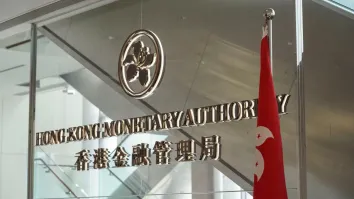


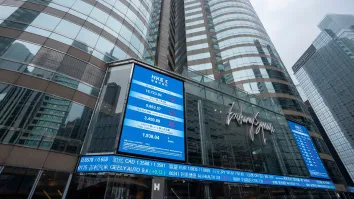








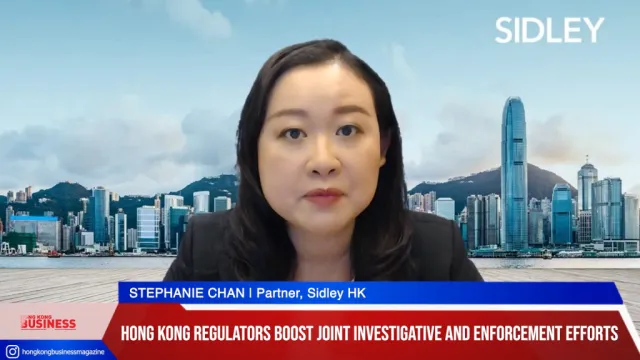
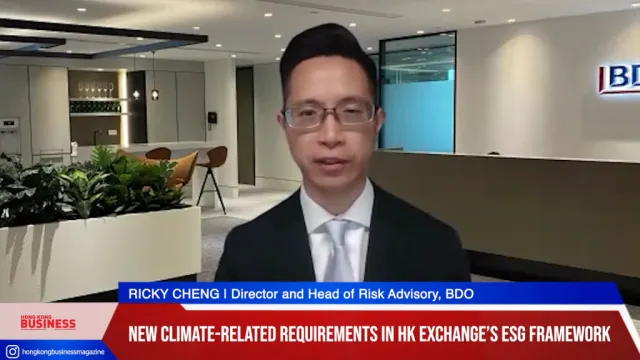
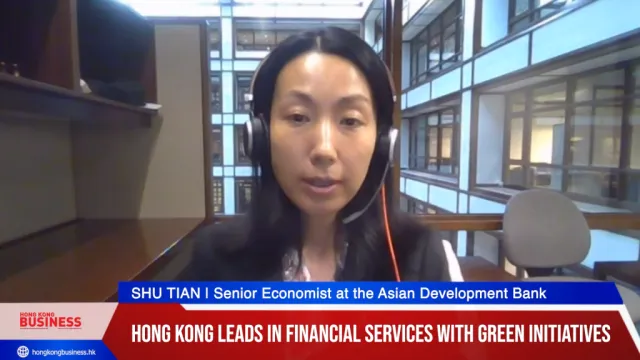

 Advertise
Advertise






